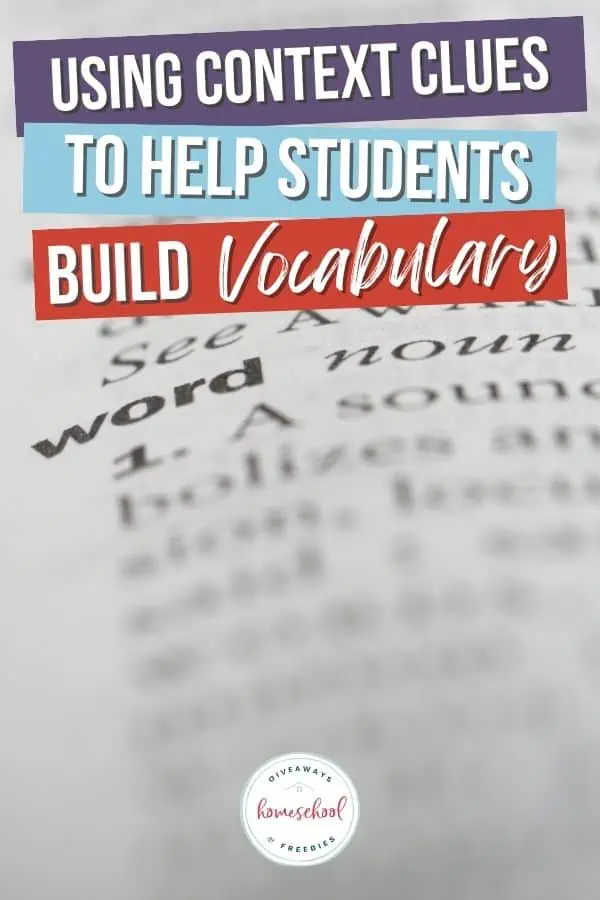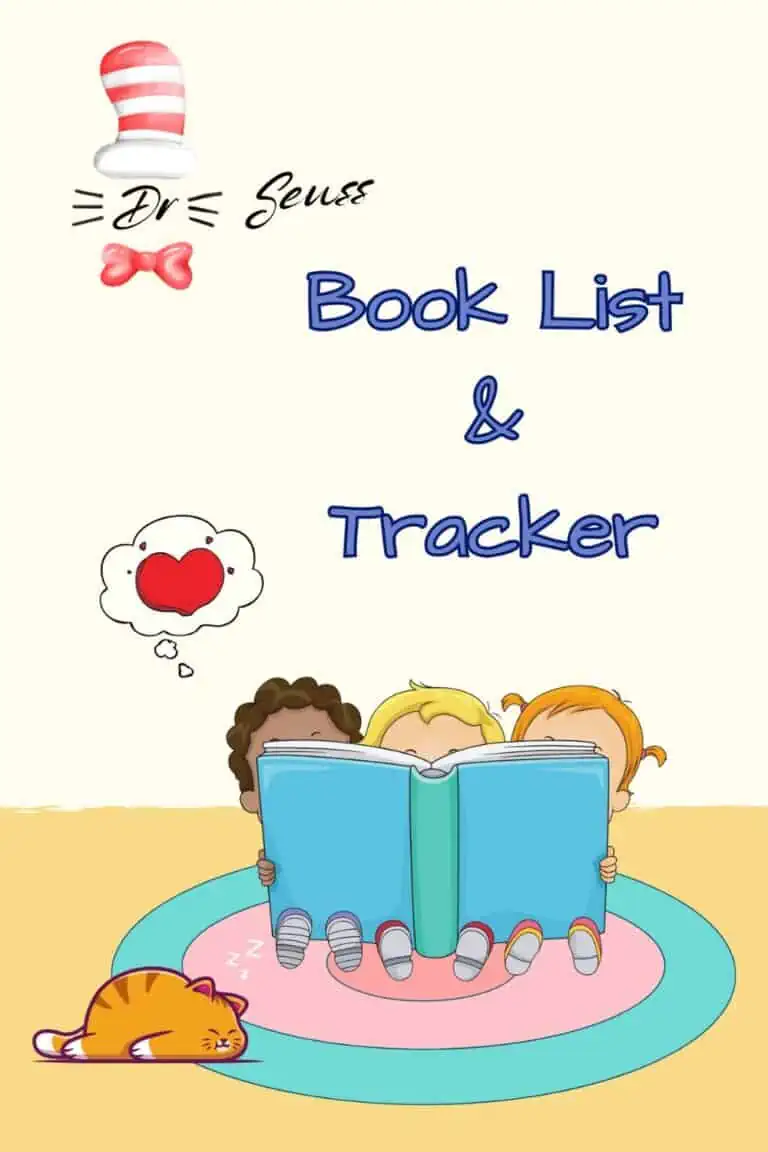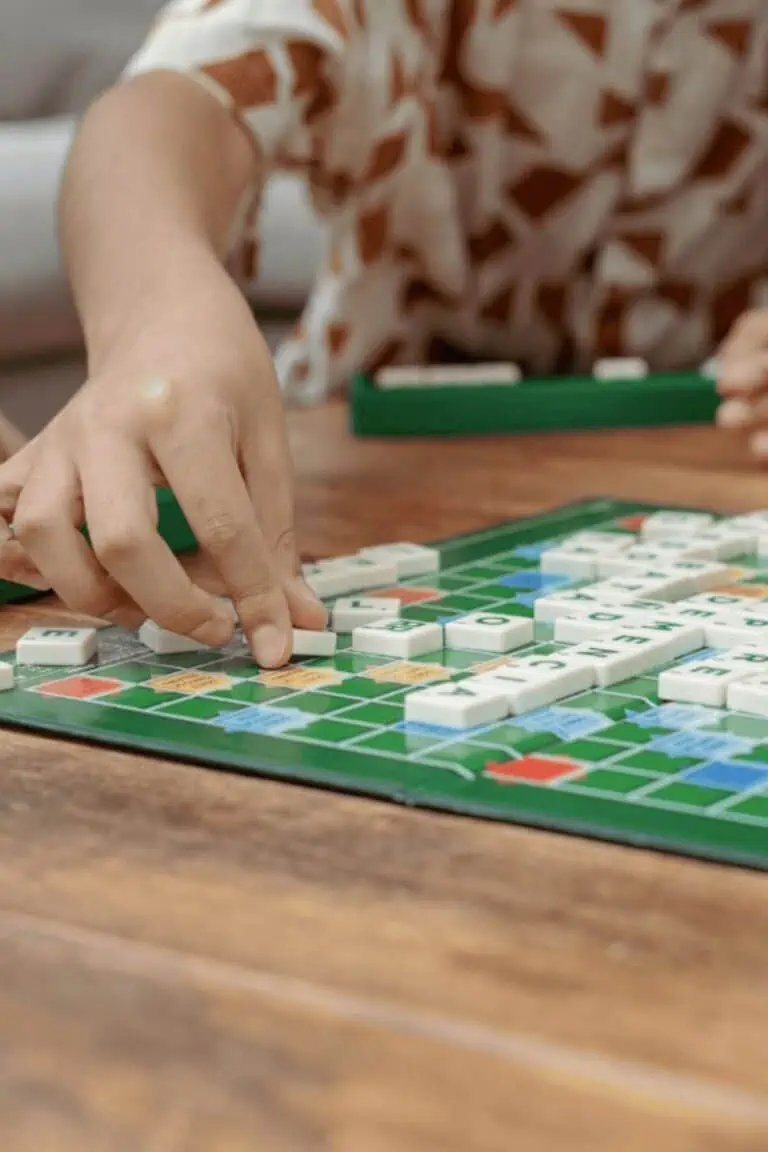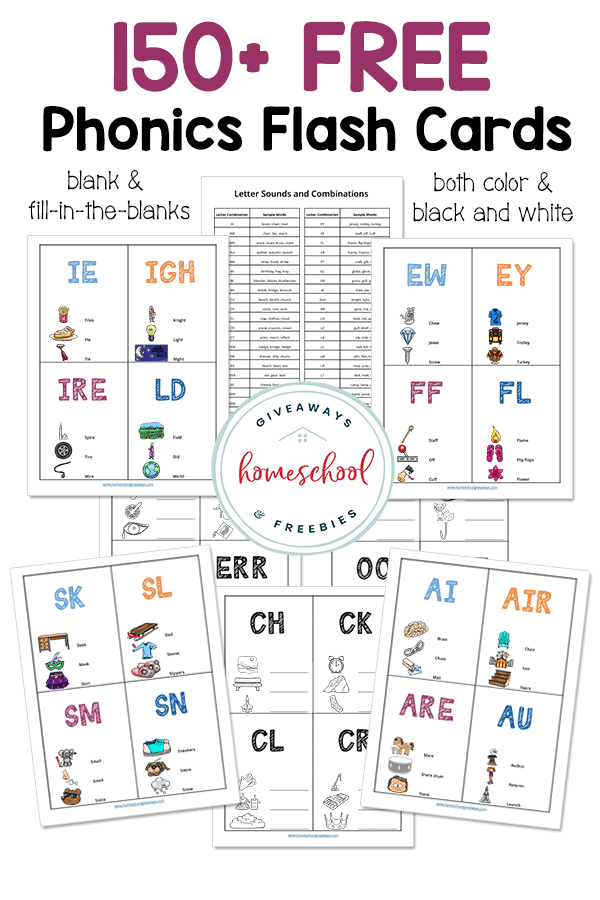Using Context Clues to Help Students Build Vocabulary
Published:
March 14, 2023

Contributor:
Sonlight
Disclosure: This post may contain affiliate links, meaning if you decide to make a purchase via my links, I may earn a commission at no additional cost to you. See my disclosure for more info.
When struggling readers see new words in their reading assignment, they need to know how to use different types of context clues to figure out the meaning of unfamiliar vocabulary. Here’s how to help your students learn to figure out unknown vocabulary words using context clues.
Context Clues
Since most of your student’s vocabulary is learned through reading, it’s important to teach them to recognize context clues. Context clues are hints that are provided within the text that help define a word that may normally be difficult or unknown to the reader. Sometimes the clue is found in the same sentence, other times in the prior or next sentence.
Good readers learn to figure out the meaning of an unfamiliar word with different kinds of context clues.
As you teach your students the types of clues and how to use context clues to understand the meaning of a word, encourage them to keep a vocabulary journal. Other reading journal ideas will help your child become a more fluent reader.
Types of Context Clues
Depending on the type of context clue in the sentence, you can teach your students the best way to figure out the meaning of unknown words. As you read to your child, show them how to use context clues.
Synonym
When a sentence includes another word with a similar meaning, or a synonym, then you can usually figure out the meaning of an unknown term. Here’s an example of using a synonym clue, or a similar word, to figure out the new term.
She was astonished and amazed that her friends had thrown her a party!
Antonym
Using an antonym clue words almost the same way as a synonym clue, but in reverse, of course! If a sentence gives the opposite meaning of then unfamiliar word, you can use that clue to figure out the new word. Here’s an example of an antonym clue:
My brother was opposed to the idea, while I was completely in support of it.
Comparisons
New word meanings can be figured out using comparisons as context clues. When this type of clue is used, the sentence may have a metaphor or simile included.
I’m as carefree as a cat sleeping on the couch.
Contrasts
You can teach your students to figure out a word’s meaning using contrasts. Context clues using contrasts set up dissimilar elements in a sentence and frequently use signal words like although, but, and however. For example:
She loathed being in front of people, but her brother loved the attention.
Explanation
When explanation is used as a kind of context clue, you will see some type of illustration used to give the meaning of that word. Here’s one example:
The car became immobile when the engine stopped and it would not move.
Definition Clues
A definition clue is simply that – a definition of the word included in the sentence! Definition clues tend to be straightforward.
“The produce department,” said the store manager, “is where you will find the apples and other fruit and vegetables.”
Example Clues
Example clues are also straightforward in that they give specific examples that show the meaning of certain words. If your student doesn’t know what vegetation means, they can certainly figure it out by using example clues in this sentence.
The animals feed on grasses, leafy plants, and other types of vegetation.
Punctuation
Authors use punctuation to set off words as context clues. Usually a comma, dash, or parenthesis is used for a punctuation context clue. See how the meaning of the unfamiliar word below is emphasized with punctuation.
The toddler was impetuous, thoughtless, and this got him into a lot of trouble.
Inference
Teach your students to use inference, or make logical guesses based on the surrounding text. When using an inference context clues, your student should know that the meaning of words is not specifically defined, but rather implied. This forces your student to use his reasoning skills to figure out the meaning of unfamiliar words. Students can also draw on background knowledge when using inference.
You don’t need to worry about talking to Mrs. Smith. She is an affable neighbor.
Context Clues Examples
When you can give your student context clues examples, it will help them learn to take advantage of context clues as they read. Students who learn to use context clues well become stronger readers and have better reading comprehension skills.
Synonym Example
During the race, the students persevered, and kept trying, even though it was difficult.
Antonym Example
Most birds are herbivores, not meat eaters.
Comparisons Example
The miniature horse was as small as a dog.
Contrasts Example
Unlike his quiet and low key family, Brian is garrulous.
Explanation Context Clue Example
The puppy was a bother and annoyance to the neighbors. It was a nuisance.
Definition Context Clue Example
During the race, the students were persevering, showing continued effort, even though it was difficult.
Example Context Clue Example
Nocturnal creatures, such as bats and owls, can function in the dark.
Punctuation Context Clue Example
Legumes – green beans, green peas, chickpeas, and so on – are a valuable though incomplete source of protein.
Inference Context Clue Example
On hot, humid summer afternoons, I often feel languid.
Defining a New Word from the Text
If you’ve ever wondered how to improve a child’s reading, showing them how to define a new word from the text is one key tool. There are a series of steps you can take when you come across a new word or phrase that you don’t know the meaning of.
Reread the Text
First, have your student reread the text. Sometimes they haven’t read far enough or considered the surrounding sentences. The context clues are not always in one single sentence. But given enough context, by rereading the text, many students can learn to define the meaning of an unknown word.
Read Ahead
By reading ahead, your student will be able to better understand the structure of the text. The new word may be defined or explained further on in a nearby sentence. When it’s difficult to define a new word immediately, encourage your student to read ahead just a bit while looking for context clues.
Look for Context Clues
Next, consider all the varying context clues that might be in the passage of text. Are there obvious ones like example and definition? Maybe there are more subtle ones like comparisons and contrast context clues. The more practice your child has with noticing and using context clues, the better they will become at learning new vocabulary through what they read.
Make an Educated Guess
Eventually your student does need to make an educated guess on the meaning of an unfamiliar word. Using the bigger picture of the text and the specific context clues provided, your student can figure out a difficult word and the meaning of the word.
Verify the Meaning in Context
Now have your student verify the meaning in context. In other words, does it make sense in the meaning of the sentence? Of course, a final step to verify the meaning of the word would be to look up the unfamiliar term in a dictionary.
In Conclusion
When you teach your students to use context clues, their reading comprehension will soar! Not only will they be able to understand an unusual word in its current context, but they will be able to understand it when they see it again in a different context. This is why reading is so important. You’ll be raising strong and competent readers who can enjoy reading because they have the tools they need to be successful.









